Focal Injury
Focal injury is defined as an injury sustained to a localized area of the body that is typically caused by trauma or direct force. It often affects specific muscles, tendons, or bone, with little to no involvement of the surrounding tissues. The most common type of focal injury is a fracture or break of a bone in the person’s body. A fracture occurs when the individual experiences a force external to the body, such as a car crash or a fall, that is greater than the structure of the bone can handle. This breaks the bone at a specific location, leading to a focal fracture or break. Despite typically having less involvement of the surrounding tissues, some focal injuries may involve or affect adjacent structures. For example, with a fracture of the ulna (forearm bone), the adjacent soft tissue such as muscles and tendons may also be affected or strained. Focal injuries can also lead to damage to the surrounding blood vessels and/or nerves. Diagnosis of a focal injury is often done through X-ray imaging, which will reveal a visible fracture or break. From the MRI imaging, the health care provider will generally be able to pinpoint the exact location of the fracture or break. Surgery may be required to repair the fracture or break, and care must be taken to ensure that the fracture does not occur again. Following the surgery, physical therapy is typically recommended to help build strength, promote healing, and protect against re-injury. The prognosis of a focal injury is typically good, with a high rate of successful healing and recovery. However, recovery time varies depending on the severity of the injury and other factors, such as the person’s overall health. Full recovery may take several weeks or months, allowing adequate time for the body to heal, and ultimately return to the person’s normal functioning.

Ken Ware
NeuroPhysics Therapy Institute, Australia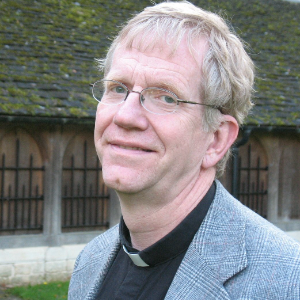
Robert B Slocum
University of Kentucky HealthCare, United States
Yong Xiao Wang
Albany Medical College, United States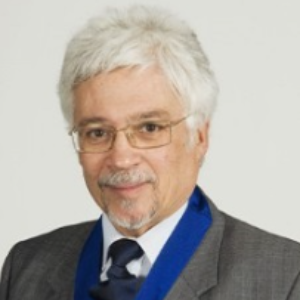
W S El Masri
Keele University, United Kingdom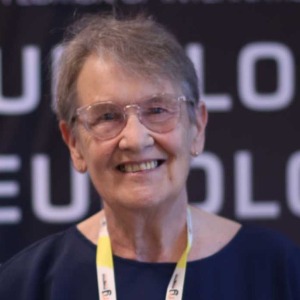
Jaqueline Tuppen
COGS Club, United Kingdom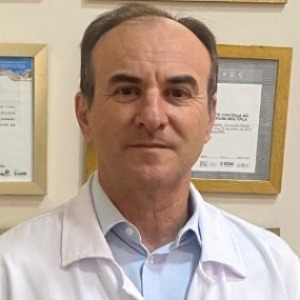
Milton Cesar Rodrigues Medeiros
Hospital Santa Casa de Arapongas, Brazil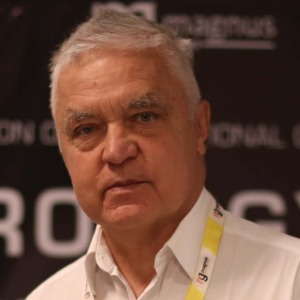
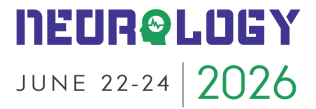



Title : Perception and individuality in patient cases identifying the ongoing evolution of Myalgic Encephalomyelitis/Chronic Fatigue Syndrome (ME/CFS)
Ken Ware, NeuroPhysics Therapy Institute, Australia
Title : Narrative medicine: A communication therapy for the communication disorder of Functional Seizures (FS) [also known as Psychogenic Non-Epileptic Seizures (PNES)]
Robert B Slocum, University of Kentucky HealthCare, United States
Title : Personalized and Precision Medicine (PPM), as a unique healthcare model through biodesign-driven biotech and biopharma, translational applications, and neurology-related biomarketing to secure human healthcare and biosafety
Sergey Victorovich Suchkov, N.D. Zelinskii Institute for Organic Chemistry of the Russian Academy of Sciences, Russian Federation
Title : Neuro sensorium
Luiz Moutinho, University of Suffolk, United Kingdom
Title : Traumatic Spinal Cord Injuries (tSCI) - Are the radiologically based “advances” in the management of the injured spine evidence-based?
W S El Masri, Keele University, United Kingdom
Title : Scalp acupuncture with functional electrical stimulation for the treatment children with autism spectrum disorder
Zhenhuan Liu, Guangzhou University of Chinese Medicine, China